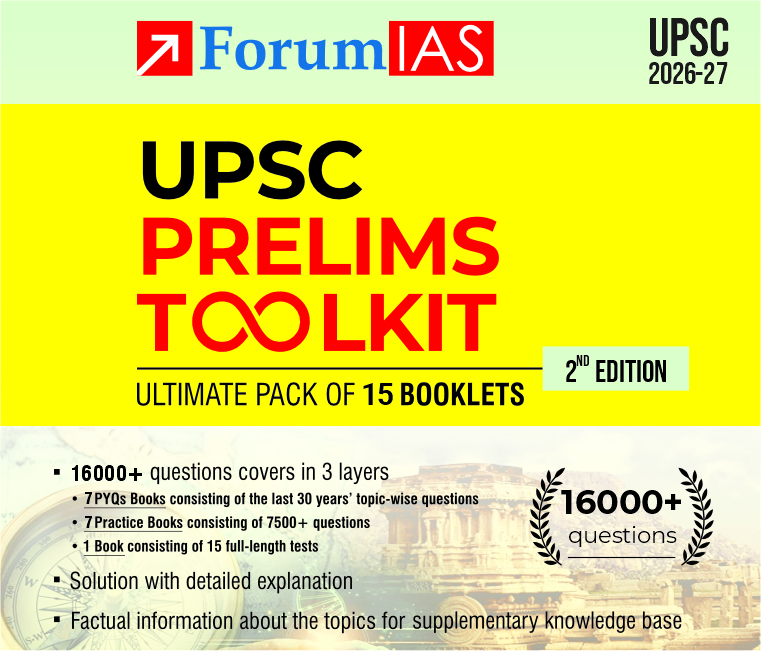News: Nitrous oxide is the third most abundant of the greenhouse gases; it accentuates the greenhouse effect in the same way as carbon dioxide does by capturing re-radiated infrared radiation from the Earth’s surface and warming the troposphere. Nitrogen.

About Nitrogen
- It is the fifth-most abundant gas in the universe and the most pervasive on earth as makes almost 78% of earth’s atmosphere.
- Nitrogen in the air is placid, stable and forms a kind of blanket around the earth that keeps the much more flammable oxygen in check.
- Link with bio life: Nitrogen constitutes 3% of human body weight
- Nitric Oxide (NO): It mediates the efficient transmission of messages among the nerves inside our body. It dilates arteries easing the flow of blood and improves immunity.
- Adenosine triphosphate (ATP), the fundamental currency of energy for cells, is part-constituted of nitrogen.
- DNA (deoxyribonuclease), the blueprint of life, are made up of four nitrogenous bases.
Nitrogen Cycle:
- Animals, humans and plants are inept at extracting nitrogen from the air they breathe.
- Some plants can form an alliance with certain ancient bacteria and archaea called ‘diazotrophs’.
- 20,000 species of plants of the family Leguminosae – which include beans, chickpeas, lentils, soybeans, and peanuts – have symbiotic relationship between diazotrophs and them.
- Nitrification is the process by which bacteria turn the ammonia and ammonium into nitrites and nitrate.
- Lightning strikes are the other way that atmospheric nitrogen can be broken down to nitric acid – another natural source of nitrogen.
- Denitrification – A large ecosystem of microbes convert the unused nitrates back to nitrogen, called denitrification and the cycle continues.
- Artificial addition of nitrogen – Through fertilizers and ‘saltpetre’ – animal and bird excrement, crushed animal bones, being rich sources of nitrate.
- Haber-Bosch process – a way to manufacture ammonia on an industrial scale with help of an iron catalyst.
- Additionaly, composting, manuring, and crop rotation employed to keep nitrification and denitrification going on.
- Imbalanced Nitrogen Cycle: So, there is now too much ammonia and ammonium nitrate fed into the soil since industrialisation era has started.
Ecological Challenges Due to Abundant Nitrogen
- Eutrophication: The ammonium nitrates (water soluble) are washed away during rains and enter into canals and streams, and stimulate algal blooms. Example – Dead Zones in Gulf of Mexico.
- NO and NO2 (Nox) – They results from burning fuel in engines, also constitute acid rain if mixed with water vapour, turning into nitric acid.
- Nitrogen dioxide (NO2) will break apart in sunlight and the free oxygen atoms latch onto oxygen molecules forming dangerous ground-level ozone.
- Nitrous oxide (N2O): Though useful as a rocket propellant and as ‘laughing gas’, used in dental clinics as an anaesthetic – is now the third largest greenhouse gas.
- It is chemically inert in the troposphere and stays in the troposphere for about 120 years before moving into the stratosphere where it ultimately leads to the destruction of stratospheric ozone.






